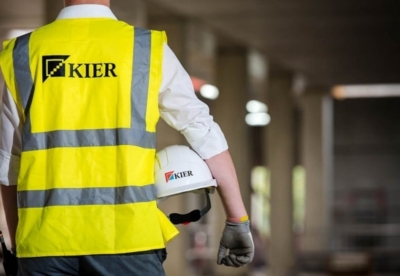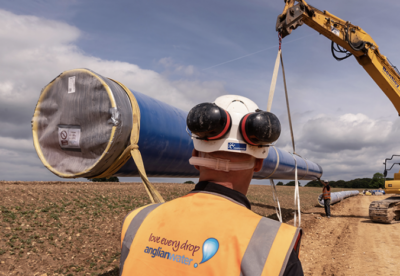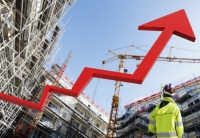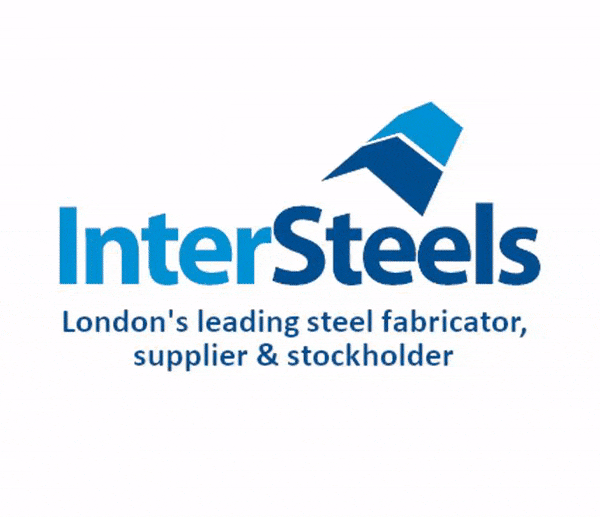Experts are warning that contractors who engage scaffolders are a particular target for attention from the tax authorities.
Joanna Gander, a senior tax advisory manager at accountancy firm Azets said: “There is a strong suspicion that millions of pounds of taxes are slipping through the net and therefore, in the last six months or so, HMRC has significantly increased its activity within the Construction Industry Scheme.
“It’s quite apparent that this is part of a targeted campaign aimed at challenging the materials cost element included in invoices submitted by subcontractors for services provided to contractors.
“A key driver of discrepancies has been the soaring cost of construction materials during record inflation – HMRC believes that some subcontractors have been artificially inflating the costs of materials even higher, meaning tax owed on the difference is not being paid into the public purse.
“From a contractor’s point of view, there may be too many moving parts to check whether the price it was billed for by a subcontractor was factually correct.
“With the recent pricing volatility, subcontractors may argue they had no choice but to pay higher prices in order not to return to site empty handed.
“We have been told that businesses engaging scaffolders or hiring plant with an operative are under scrutiny from HMRC but clearly there are other trades where there may be sleight of hand.”
Under CIS, contractors deduct money from payments to subcontractors and then pass it on to HMRC as advance payments towards the subcontractor’s tax and National Insurance contributions.
CIS tax deductions are calculated on the payment less the cost of materials so if the value of the materials is overstated by the subcontractor it will reduce the amount of CIS tax deducted by the paying contractor.
Gander said: “The contractor will be liable for any CIS tax not deducted so targeting this area is an obvious opportunity for HMRC to recover tax at a time when it is under immense pressure to do so.”
A common error is subcontractors claiming for the provision of plant or equipment they already own.
Only when that subcontracting business has specifically incurred third-party hire costs, specifically for the provision of that contract, can those costs be considered materials and reduce the amount of the payment on which CIS deductions are calculated.
Gander said: “As the contractor will be liable for any CIS tax not deducted, it is imperative that a contractor satisfies himself that the materials element included in an invoice provided is an accurate reflection of the direct costs incurred.
“When a contractor is aware that a plant or scaffolding businesses is providing that plant or equipment from their own stock, any hire costs included in the invoice should not be counted as materials when calculating the CIS deductions.
“If that subcontracting business has incurred third party hire costs, the contractor should seek evidence to support this position.
“If a contractor considers the materials costs included in an invoice to be overstated and the subcontractor is unwilling or unable to provide supporting evidence of the direct costs incurred, the contractor should reduce the amount of materials to the level they consider accurately reflects the direct cost.
“CIS tax deductions will then be calculated on a higher portion of the payment, leading to higher deductions.”


















































.gif)









